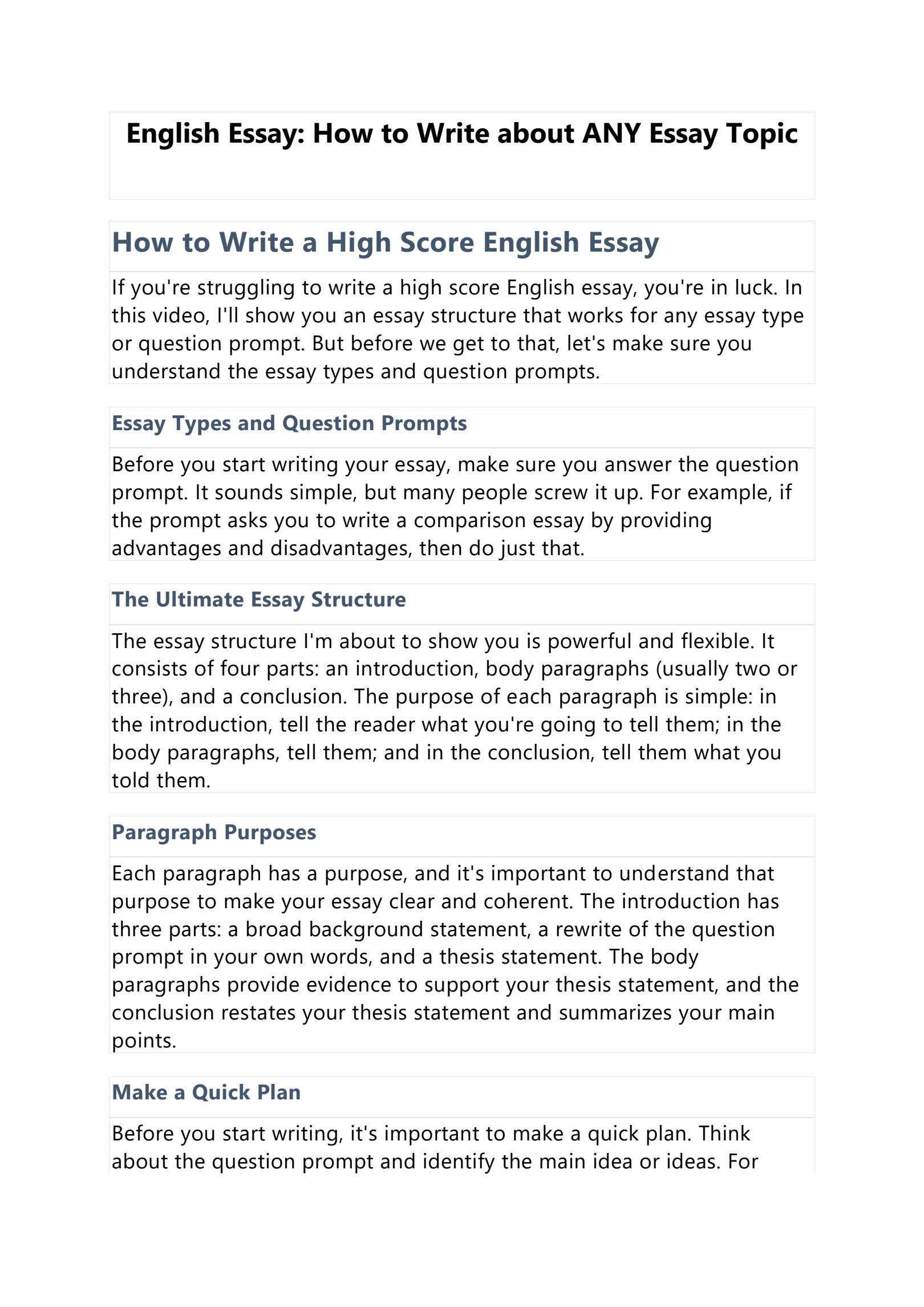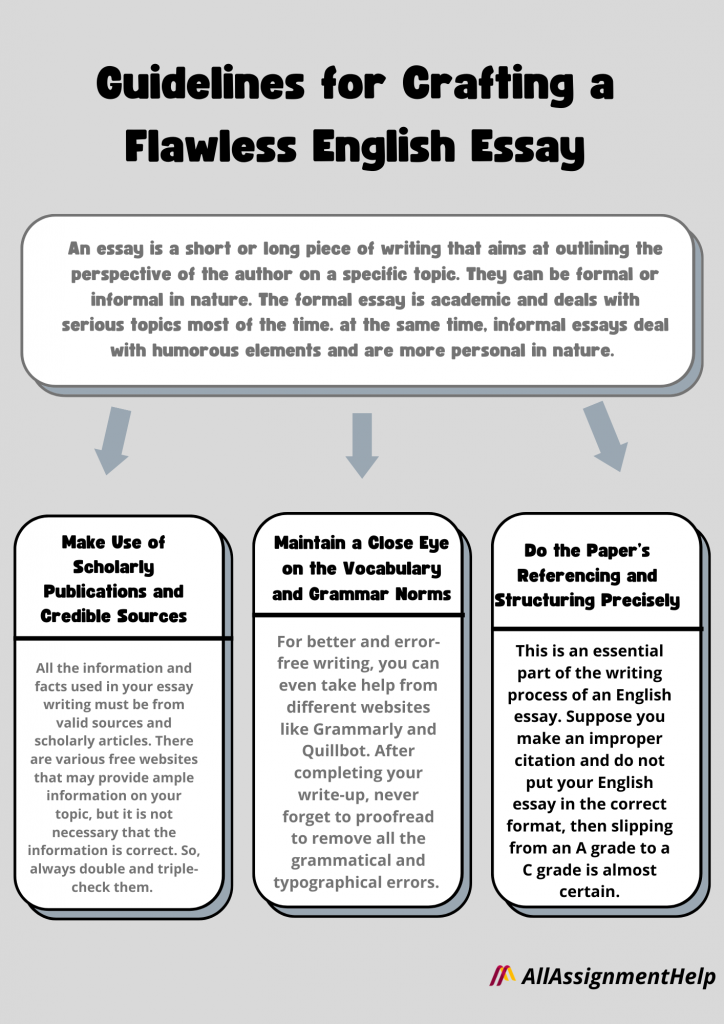Mastering Essay Introductions: Tips and Examples for Success
Mastering Essay Introductions: Tips and Examples for Success
Crafting a killer essay introduction can be a game-changer.
It’s not just a box to tick off; it’s your chance to grab your reader’s attention and set the vibe for the whole essay.
I’ve been there, staring at a blank page, wondering how to kick things off.
So, let’s break down how to nail those introductions with some practical tips and real examples.
Why Are Introductions Important?
The introduction is like a warm handshake; it should be inviting.
Here’s why it matters:
- Engagement: It hooks the reader and makes them curious to read on.
- Context: It gives background info, helping set the stage for what’s to come.
- Thesis Statement: It lays out your main argument, guiding the reader on what to expect.
I stumbled upon a fantastic resource on YouTube that dives deeper into these points. It’s worth a watch if you want to up your game.
Key Elements of an Essay Introduction
To write a strong introduction, I focus on a few essentials:
1. Hook
Start with something that grabs attention.
It could be a surprising fact, a quote, or a question that makes the reader think.
For example:
“Did you know that almost 60% of people don’t stick to their New Year’s resolutions? Most often, it’s because they lack planning and motivation.”
This kind of statement not only catches interest but also relates to many readers.
2. Background Information
Once you’ve hooked them, provide some context.
This can be definitions, a bit of history, or relevant stats.
For instance:
“As the New Year rolls around, people worldwide set resolutions for self-improvement. But let’s be real; achieving those goals can be a struggle.”
3. Thesis Statement
This is the heart of your introduction.
Your thesis should clearly state your main argument.
Make it specific and to the point.
For example:
“This essay argues that effective goal-setting strategies are crucial for achieving New Year’s resolutions.”
4. Preview of Main Points
Give readers a quick roadmap of what you’ll cover.
This helps them know what to expect.
You might say:
“This essay will explore the importance of realistic goal-setting, accountability, and positive reinforcement to effectively pursue personal goals.”
Example of a Complete Introduction
Let’s put it all together. Here’s how a solid introduction might look:
“Did you know that almost 60% of people don’t stick to their New Year’s resolutions? Most often, it’s because they lack planning and motivation. As the New Year rolls around, people worldwide set resolutions for self-improvement. But let’s be real; achieving those goals can be a struggle. This essay argues that effective goal-setting strategies are crucial for achieving New Year’s resolutions. By exploring the importance of realistic goal-setting, accountability, and positive reinforcement, this essay will show how to effectively pursue personal goals.”
Tips for Writing Engaging Introductions
Over time, I’ve picked up some handy tips to make my introductions pop:
- Start with a Strong Hook: Kick off with something that resonates. Ditch the clichés and dry facts.
- Provide Context: Give just enough background to frame your topic. Keep it relevant.
- Craft a Clear Thesis Statement: Make this your last sentence. It should be direct and to the point.
- Keep It Concise: Avoid overwhelming your reader with too much info. Clarity is key.
- Revise and Edit: After finishing your essay, revisit your introduction. Make sure it flows smoothly into the main body.
Common Mistakes to Avoid
I’ve made my fair share of mistakes when crafting introductions. Here are some pitfalls to dodge:
- Overly General Statements: Stay away from vague comments that don’t engage your reader. Be specific.
- Lengthy Background Information: Too much context can cloud your introduction. Keep it short and sweet.
- Weak Thesis Statements: Avoid broad or unclear theses. Get straight to the point.
- Lack of Structure: Your introduction should flow logically from the hook to the thesis. Make it cohesive.
Examples of Effective Introductions
Let’s look at some examples for different types of essays:
Argumentative Essay Introduction
Topic: Should the voting age be lowered to 16?
“The debate over whether to lower the voting age to 16 is heating up. Some argue that teens lack the maturity to vote, while others believe it would empower young people and boost civic engagement.”
Expository Essay Introduction
Topic: The benefits of regular exercise
“In our fast-paced lives, the benefits of regular exercise can’t be ignored. From better physical health to improved mental well-being, exercise offers a treasure trove of advantages. This essay will explore these benefits and share tips on how to make exercise a part of your daily routine.”
Literary Analysis Essay Introduction
Text: “To Kill a Mockingbird” by Harper Lee
“Harper Lee’s ‘To Kill a Mockingbird’ is a classic that dives deep into themes of racism, injustice, and morality in the American South. Through young Scout Finch’s eyes, we’re taken on a journey that challenges societal norms. This essay will analyse the novel’s symbolism, character development, and narrative structure to uncover its lasting relevance.”
Frequently Asked Questions (FAQs)
1. What is the purpose of an essay introduction?
The introduction gives an overview of your topic and main ideas. It’s meant to engage the reader and introduce your thesis.
2. How long should an essay introduction be?
Aim for about 5-10% of your total word count. For a 1,000-word essay, that’s around 50-100 words.
3. What elements should be included in an essay introduction?
Key elements are a compelling hook, background info, a clear thesis statement, and a preview of the essay’s structure.
4. How do I know if my essay introduction is effective?
An effective intro should be clear, engaging, relevant, and have a concise thesis statement. It should lead smoothly into your main points.
5. Can I write the introduction before the body of the essay?
Absolutely! Sometimes it helps to write the body first, then craft an introduction that aligns with your final arguments.
Conclusion
Mastering essay introductions is a must for effective writing.
By incorporating a strong hook, relevant background info, and a clear thesis statement, you can engage your readers right from the start.
With a bit of practice, you’ll find yourself crafting introductions that set the tone for compelling essays.
For more help with essay writing, check out this Essay Writer tool. It can streamline your writing process and make things easier.
By applying these tips and examples, I’m confident you’ll improve your essay introductions and keep your readers hooked.
Happy writing!

